Lightroom is an interactive light/sound installation. 64 Lights are placed in a square grid on a floor filled with white shingle. The room is totally darkened when the visitor enters. By walking in between the lights, the visitor triggers the lights and influences the behaviour of the installation; the room becomes ‘filled’ with fluid-like waves of light and sound.
Inspiration for this project comes from the different concepts of ‘seeing’ that are developed throughout history. In antiquity, seeing is a humane activity, a movement of the eye towards the world. The eye was a candle that transmitted a ‘soft radiating light’, that lighted the world. In the 17th century, Descartes and others made the eye an inhuman, physical ‘instrument’, a sensor for light, independent of what it perceived. This idea is still very influential in modern science. In recent philosophy these separate views are being criticized however, and more comprehensive and nuanced ideas are developed that try to form a symbiosis of the observer and what is being observed.
These ideas form the basis of the project Lightroom; in order to be able to experience the room he is in, the spectator has to be active. If he’s not, he will not experience anything. The room exposes itself, depending on the activity of the visitor, and becomes ‘sensitive’.
In this article I explain a bit more about the video-based motion tracking system i developed to make this project technically work.
Year
2004
Kind
Interactive Light / Sound installation
Location
EYE Filmmuseum, Amsterdam
Exhibition ‘4D’, curated by Joost Rekveld

